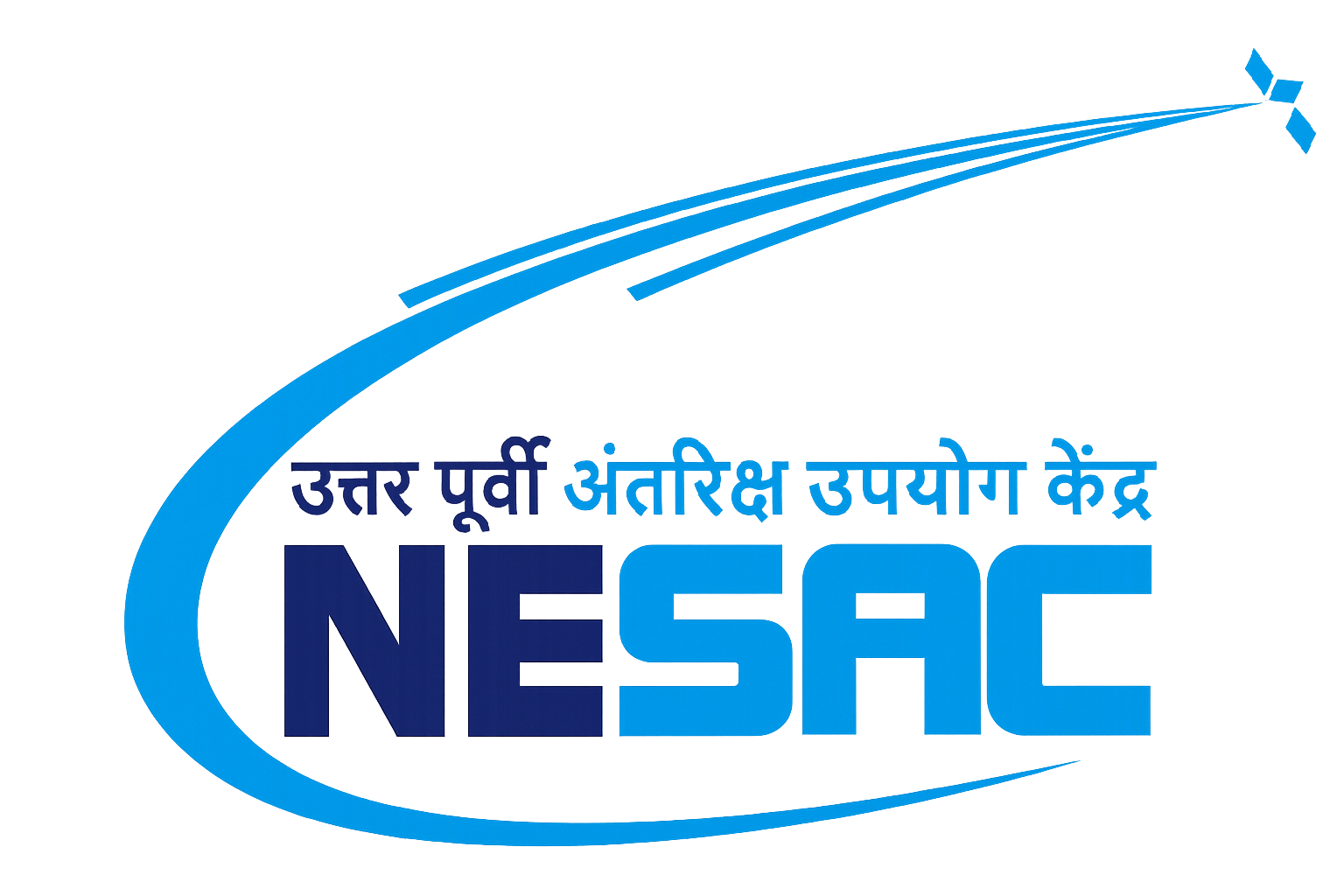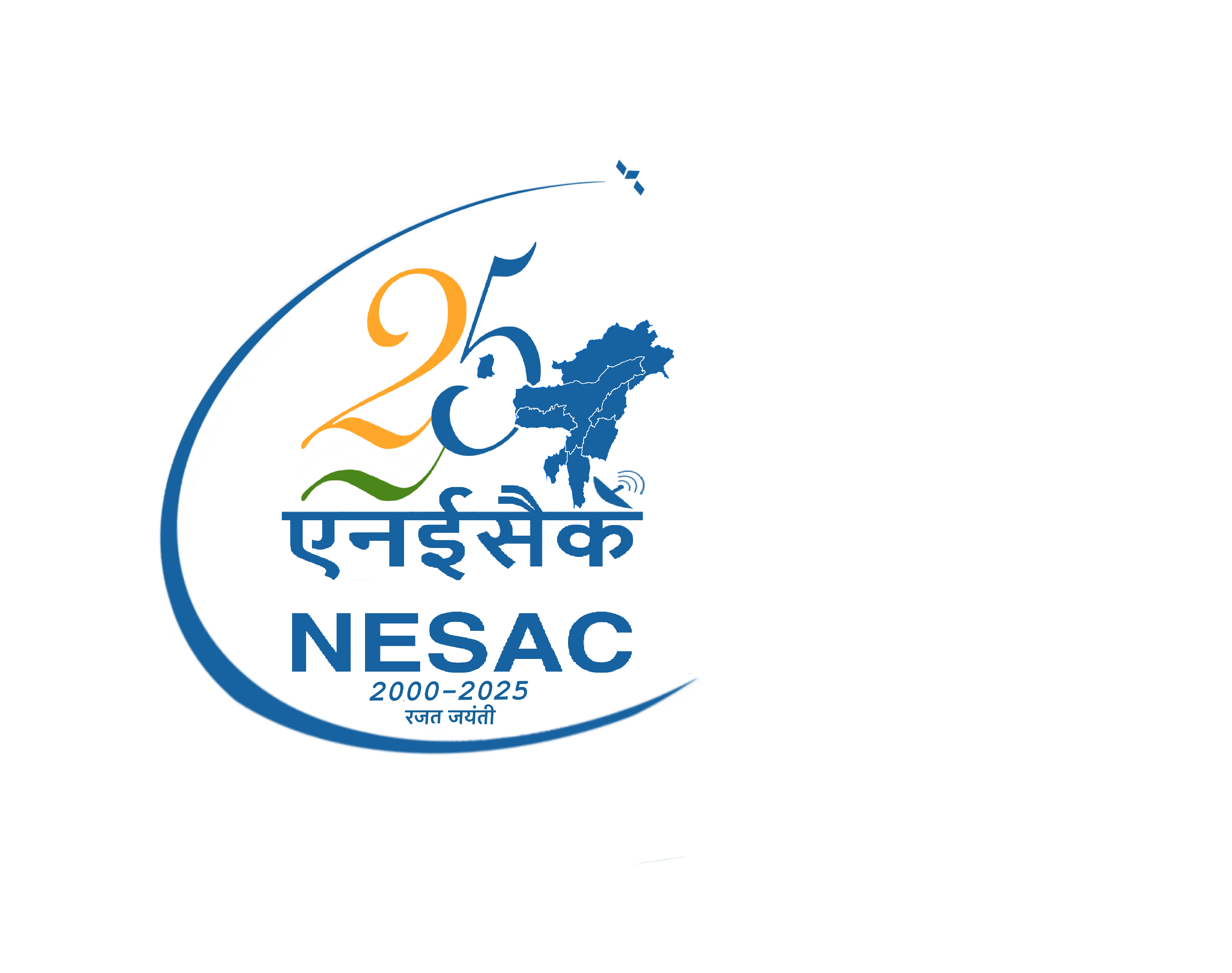NESAC in collaboration with the Town and Country Planning Organisation (TCPO), Ministry of Housing and Urban Affairs (MoHUA), Government of India, organized a two-week training programme titled “Formulation of GIS-Based Master Plans (Tier-II) under AMRUT 2.0 Capacity Building Sub-Scheme” during June 2–13, 2025, at the NESAC Outreach Facility.
The inaugural session was graced by Dr. S. P. Aggarwal, Director, NESAC, and Mr. Mohd. Monis Khan, Town and Country Planner, TCPO, MoHUA, New Delhi In his opening address, Director, NESAC highlighted the growing importance of geospatial technologies and the advancements in digital twin frameworks in modern urban planning. Md. Monis Khan emphasized the strategic role of such training in achieving the goals of AMRUT 2.0, noting that this session marked the 15thtraining program under the initiative.
The training encompassed a broad spectrum of topics central for GIS-based planning, including national geospatial initiatives, fundamentals of remote sensing and GIS, satellite image interpretation, surveying and navigation techniques, mobile data collection applications, GIS analysis, and emerging technologies like UAVs. It also addressed urban sprawl modeling, geodatabase creation, and the formulation of GIS-based Master Plans. The program featured hands-on sessions and expert lectures from scientists of NESAC, NRSC, and IIRS. Participants, representing planning departments from Rajasthan, Assam, Madhya Pradesh, and Maharashtra, brought diverse experiences, facilitating collaborative discussions on shared urban development challenges.
The valedictory session, chaired by Dr. S. P. Aggarwal, concluded the training on a high note. He drew parallels between historical and modern planning practices, and shared personal experiences highlighting the role of satellite imagery in making India “second to none” in the effective utilization of space technology for development planning.
A total of 18 officials participated in the training and shared positive feedback regarding the knowledge exchange, hands-on learning, and the overall impact of the program on their professional capabilities.


